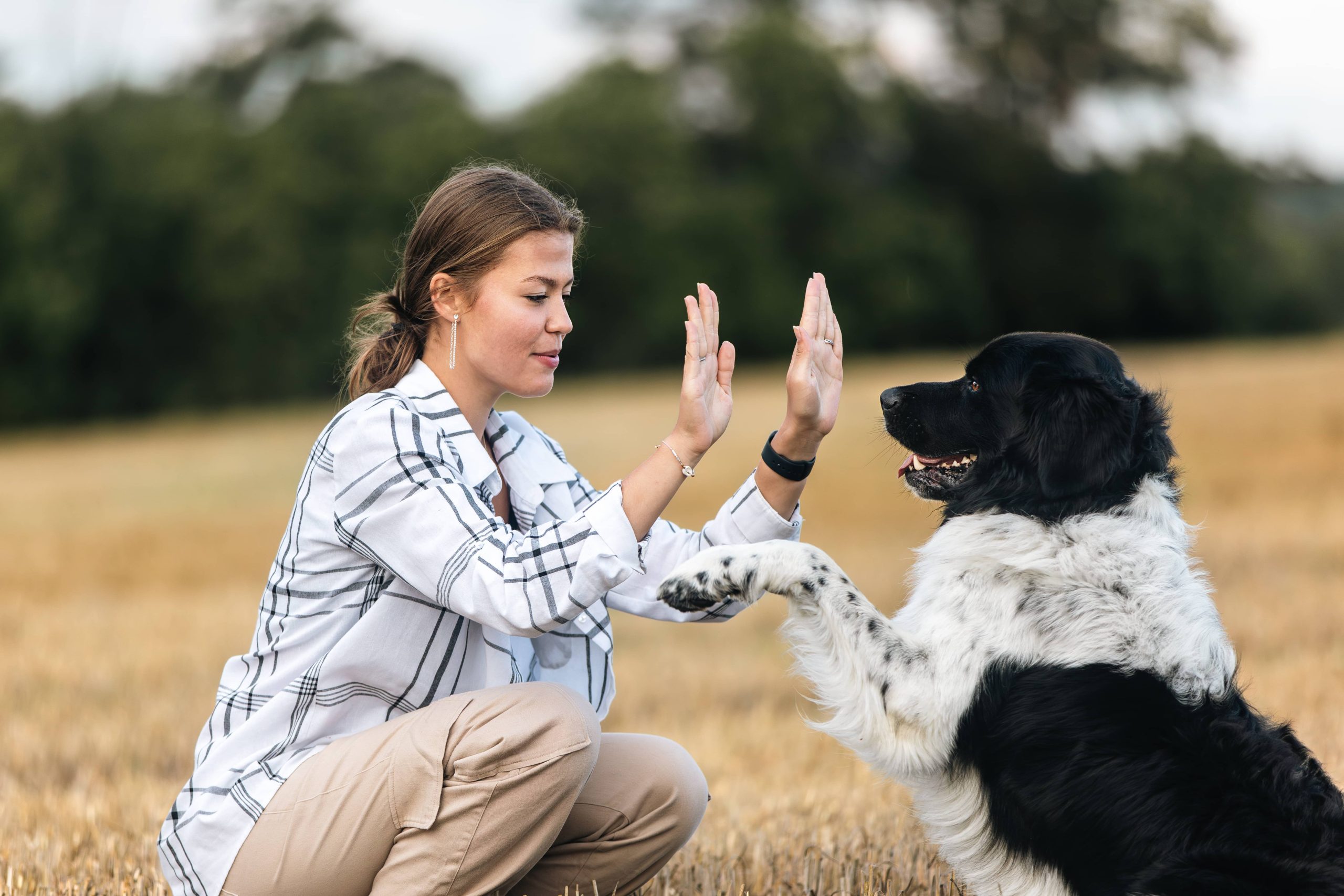
Pets, much like humans, can experience a wide range of emotions. Fear is one of the most common emotions that pets, particularly dogs and cats, may struggle with. This fear can stem from various sources: past traumatic experiences, lack of socialization, a sudden change in environment, or simply a naturally timid personality. As a pet owner, it can be heart-wrenching to see your beloved companion cower, shake, or hide in fear. However, with patience, understanding, and the right techniques, you can help your fearful pet gain confidence. In this blog post, we’ll explore the steps you can take to support your pet on their journey to becoming a more self-assured and happy animal.
Understanding the Root of Your Pet’s Fear
The first step in helping a fearful pet is to understand the source of their fear. Observe your pet’s behavior and try to identify any triggers. Is it loud noises, unfamiliar people, other animals, or specific locations that cause anxiety? Sometimes, a fearful pet has a history of neglect, abuse, or lack of socialization during their critical developmental period. In other cases, certain breeds may be predisposed to being more reserved or cautious.
Creating a Safe and Calm Environment
A safe and calm environment is crucial for helping a fearful pet. Create a space where your pet feels secure and can retreat when they are feeling overwhelmed. This may be a quiet room, a cozy crate, or a corner with their favorite bed and toys. Ensure this space is free from loud noises and other potential stressors.
Additionally, maintain a calm demeanor yourself. Pets are incredibly perceptive and can pick up on their owner’s emotions. If you remain calm and composed, it will help your pet feel more at ease.
Gradual Exposure and Desensitization
Exposure therapy is a method used to reduce fear and anxiety by gradually and systematically exposing the pet to the feared object or situation in a controlled and positive manner. Start with the least frightening version of the fear trigger and gradually increase the exposure as your pet becomes more comfortable.
For example, if your dog is afraid of strangers, start by having a friend sit quietly in a room without interacting with your pet. Gradually progress to having the friend offer treats, and eventually petting your dog. The key is to go at your pet’s pace and not rush the process.
Positive Reinforcement and Counter-Conditioning
Positive reinforcement involves rewarding your pet for displaying calm and confident behavior in the presence of fear triggers. Counter-conditioning works alongside this by changing your pet’s emotional response to the trigger from negative to positive. Essentially, you want your pet to associate the frightening stimulus with something good.
For instance, if your cat is afraid of the vacuum cleaner, associate the sound with high-value treats or a favorite toy. Start by turning on the vacuum cleaner at a distance and give treats. Gradually decrease the distance until your cat remains calm even when the vacuum is nearby.
Socialization and Training
Socialization is essential for building confidence, especially in young pets. Exposing your pet to a variety of people, animals, environments, and experiences in a controlled and positive manner can significantly reduce fear and anxiety.
Training also plays a crucial role in boosting a pet’s confidence. Training sessions not only provide mental stimulation but also strengthen the bond between you and your pet. Basic commands like sit, stay, and come can be immensely helpful in managing a fearful pet in stressful situations.
Using Calming Aids
If your pet’s fear is severe, it may be beneficial to use calming aids to help manage their anxiety. These can include pheromone diffusers, calming collars, or anxiety wraps like Thundershirts, which apply gentle pressure to provide a sense of security. Additionally, natural supplements or medications prescribed by a vet can be considered in extreme cases.
Patience and Consistency
Building confidence in a fearful pet is not an overnight process. It requires time, patience, and consistency. Celebrate small victories and be patient during setbacks. The journey to confidence is a marathon, not a sprint. Consistency in training, exposure, and positive reinforcement is key to long-term success.
Seek Professional Help
If your pet’s fear is overwhelming or you’re struggling to make progress, consider seeking help from a professional. A certified animal behaviorist or a professional trainer with experience in fear-based behavior can provide valuable guidance and customized strategies to address your pet’s unique needs.
Conclusion
Helping a fearful pet gain confidence is a rewarding experience that strengthens the bond between you and your furry companion. By understanding the root of their fear, creating a safe environment, using gradual exposure, positive reinforcement, and consistent training, you can provide the support they need to overcome their anxieties. Remember to be patient and seek professional help if needed. With time, love, and effort, you’ll see your pet transform into a more confident and happy member of your family.






